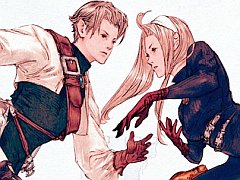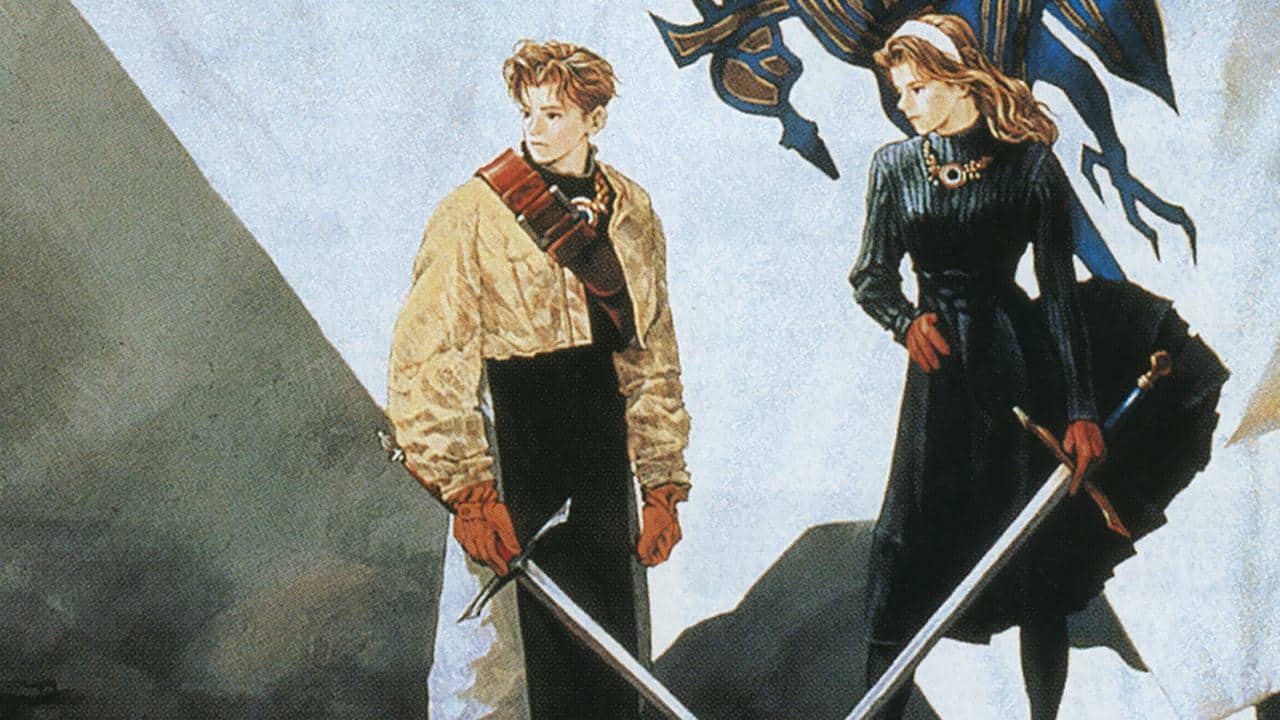You can trust VideoGamer. Our team of gaming experts spend hours testing and reviewing the latest games, to ensure you're reading the most comprehensive guide possible. Rest assured, all imagery and advice is unique and original. Check out how we test and review games here
The basic changes to the 2011 PSP remake of Tactics Ogre: Let Us Cling Together have been worn into my brain, and also the brain of anyone else who has so much as glanced at the press release. Analysing a new game based on another that came out 15 years ago always ends up becoming a delightfully pedantic experience of comparing and contrasting the two until you’re left with a laundry list of points about the graphics – that’s because the only way for new players to interpret the game is to give it some kind of historical context. So, if you want to skip the paragraphs of updates just read this: Let Us Cling Together is a good example of how to take a classic tactical JRPG and clean it up with enough spit-polish that it actually works for a 21st century palate.
The game has a hell of a history. After its original Japanese release in 1995 it made a cross-continental, cross-platform leap to the Saturn and Playstation in ’96 and ’97. By the late ’90s the game was internationally recognised as the granddaddy of the tactical JRPG genre. The game has a reason to be as venerated as it is – without Tactics Ogre there would have never been a Final Fantasy Tactics, which was developed by key staff from the original Tactics Ogre team. If you enjoyed FFT (or its spin-offs) then you have every reason to pick up Tactics Ogre, at least for the sake of the lineage.
Start the game and you’re introduced to the main crisis within the first 20 minutes – a politically-bent storyline revolving around the dissolution of a royal family and the resulting struggles involving three different ethnic groups and their various attempts to restore order. That’s the basic gist anyway, but this thrust is punctuated in the game by crucial points where you decide the outcome of certain scenarios which affect the rest of the plot. Your ability to choose which way the story will turn even to the minor extent that TO offers, adds a surprising level of complexity to an already relatively complex plotline.
For instance, the first dilemma gives you the opportunity to either forgive or distrust a group you meet at the beginning of the journey, and choosing the latter opens up further opportunities for conversation. Technically, however, the game’s dialogue trees are never particularly convoluted – in fact for the first handful you’ll always end up working your way toward the same place, regardless of what you opt for. Still, with multiple possible endings to the game, the notion of the player effecting the story is still prominent.
Tactics Ogre emphasises this idea of the user affecting the overall outcome, even in the gameplay. Perhaps the most welcome addition to the PSP remake is the Tarot system, which you initially glimpse in the character creation system by selecting from a deck of tarot cards which pose you morality-based questions to determine your alignment. Later on you’ll use the Chariot Tarot when you inevitably make a rubbish decision in battle. Chariot records your last 50 moves and allows you to backtrack, remaking those moves and essentially changing the outcome of the fight.
Battles function as they typically do in the genre: Each of the characters you control (up to 12 generally speaking) are given turns and can be moved one at a time to different tiles, ordered to attack, or instructed to use items. Units start confrontations without Magic Points, so magic (which accumulates over time) needs to be used tactically. Win your battle, and experience is awarded to the entire group, instead of on an individual basis. There’s a similar system attached to Skill Points, with each member getting an equal share of the overall pot. And, for each town you liberate along the way, you have the chance to open up the SHOP command, which lets you spend your hard-earned gold on items to beef up your troops.
Similarly there’s a balance between the standard retro sensibilities of the game and the few additional changes. You get the isometric battlefield that you did in the original. The original’s soundtrack also makes its reappearance, albeit re-arranged by the initial composer. Ultimately, Tactics Ogre has been infused with a bit more gloss.
Some of these visual changes trickle down into the gameplay, too. There are new 3D maps that introduce a greater variety of terrain, and there are also a couple of new characters exclusive to this version. So, it’s only a matter of time before we see whether it manages to whet the appetite of its nostalgic fanbase.
Tactics Ogre: Let Us Cling Together is due for release on PSP on February 25.
Tactics Ogre: Let Us Cling Together
- Platform(s): Nintendo Switch, PC, PlayStation, PlayStation 4, PlayStation 5, PSP, SEGA Saturn, SNES
- Genre(s): Strategy

/https://oimg.videogamer.com/images/b804/tactics_ogre_let_us_cling_together_30.jpg)






